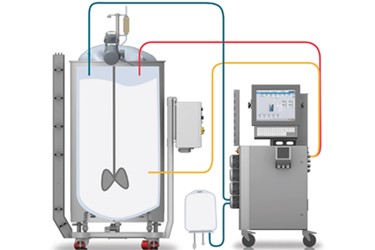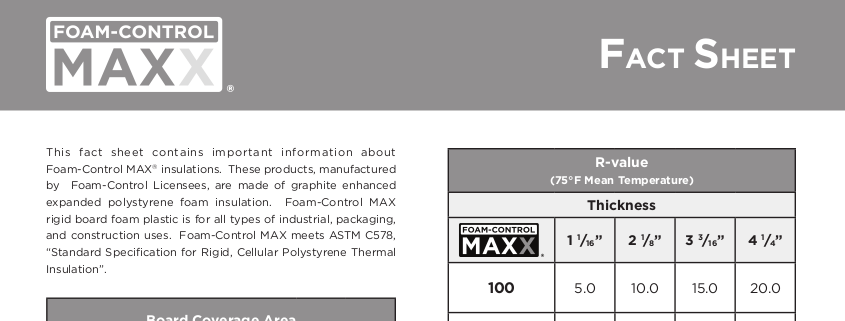Typical Difficulties in Foam Control and How to Conquer Them Successfully
Typical Difficulties in Foam Control and How to Conquer Them Successfully
Blog Article
A Comprehensive Overview to Applying Foam Control Solutions in Your Workflow
Reliable foam control is a crucial aspect of functional effectiveness that usually goes overlooked. Recognizing the details of foam generation can considerably impact both performance and product high quality. This overview lays out the various challenges positioned by foam and the diverse remedies readily available, providing a framework for selecting and implementing one of the most ideal strategies. By analyzing crucial aspects such as application compatibility and workers training, companies can maximize their foam monitoring initiatives. As we check out these elements, the potential for transformative enhancements in your operations ends up being apparent. What steps will you take following?
Understanding Foam Difficulties
Foam challenges are a considerable worry across numerous industries, impacting operational effectiveness and product high quality. The formation of excessive foam can impede processes such as blending, transportation, and storage space, leading to enhanced downtime and waste. In industries like food and drink, pharmaceuticals, and petrochemicals, foam can interfere with production lines, creating product disparities and contamination dangers.
Additionally, foam can obstruct tools performance, leading to costly fixings and maintenance. For example, in wastewater treatment, foam can disrupt clarifier procedures, causing reduced treatment effectiveness and regulative compliance problems.
Comprehending the underlying root causes of foam generation is essential for effective management. Factors such as surfactants, temperature fluctuations, and agitation degrees can all add to foam manufacturing. Determining these elements permits sectors to execute targeted approaches that minimize foam development while keeping product stability.
Sorts Of Foam Control Solutions

Mechanical remedies entail using tools such as foam skimmers or defoamers. These tools physically eliminate foam from the surface area of fluids, therefore stopping overflow and preserving ideal degrees in activators and storage tanks. Chemical options, on the other hand, include the application of defoaming representatives-- materials that interrupt the foam structure, resulting in its collapse. These representatives can be silicone-based, organic, or aqueous, each offering unique benefits relying on the application setting.
Lastly, operational methods concentrate on process changes. This might entail changing tools specifications, such as temperature and stress, or transforming the circulation prices of liquids to reduce foam generation. Applying great housekeeping practices can likewise alleviate foam formation by lowering impurities that add to foam stability.
Picking the suitable foam control remedy entails examining the specific requirements of the procedure, consisting of the kind of procedure, the attributes of the products included, and safety and security considerations.
Selecting the Right Products
Selecting the right foam control products needs a thorough understanding of the specific application and its unique difficulties. Variables such as the sort of foam, the atmosphere in which it happens, and the desired end result all play critical duties in item choice. Foam Control. For example, in industries like food processing, it is important to click reference pick food-grade defoamers that conform with security regulations while successfully managing foam.
Additionally, take into consideration the viscosity of the fluid where the foam problem exists. Some products are formulated for low-viscosity applications, while others are tailored for thicker liquids. Compatibility with existing procedures is one more essential element; the selected foam control agents should integrate effortlessly without disrupting general procedures.
Another essential element is the technique of application. Some products might need dilution, while others can be used straight. Assessing the simplicity of use and the called for dose can supply understandings into the item's efficiency and cost-effectiveness.
Execution Techniques
Effective application methods for foam control remedies call for a systematic method that straightens item selection with operational requirements. The initial action involves a detailed analysis of the processes where foam happens, determining specific areas that demand intervention. By engaging cross-functional groups, including top quality, manufacturing, and engineering assurance, organizations can collect understandings that notify the option of one of the most efficient foam control products.
Following, it is crucial to develop clear objectives for foam reduction, guaranteeing that these objectives are achievable and quantifiable. This may entail specifying acceptable foam levels and the timelines for application. Training employees on the residential properties and application methods of chosen foam control agents is equally vital, as proper usage is crucial for optimal results.
In addition, incorporating foam control remedies right into existing operations requires careful planning. Ultimately, a well-structured method will certainly improve functional effectiveness while properly taking care of foam-related difficulties.
Surveillance and Reviewing Efficiency
Tracking and evaluating the efficiency of foam control services is crucial for making sure that executed strategies generate the desired results. This process entails systematic data collection and evaluation to evaluate the efficiency of foam control agents and techniques. Key performance signs (KPIs) need to be established before execution, permitting for a clear baseline versus which to measure progress.

Reviewing performance additionally needs periodic testimonials of foam control treatments and representative efficiency. This can be completed with sampling and testing, permitting operators to figure out if existing remedies are meeting operational demands. It is critical to solicit responses from group participants who communicate with these systems daily, as their understandings can reveal operational subtleties that measurable data may neglect.

Eventually, a structured monitoring and assessment structure assists identify required changes, making certain that foam control remedies check my reference remain efficient, cost-efficient, and aligned with organizational goals.
Verdict
In conclusion, efficient foam control options are important for maximizing functional efficiency and keeping product high quality. A thorough understanding of foam obstacles, incorporated with the option of suitable items and application techniques, promotes the effective management of foam generation.
Carrying out great housekeeping techniques can also mitigate foam development by decreasing contaminants that add to foam security.
Picking the ideal foam control products requires a thorough understanding of the certain application and its distinct difficulties (Foam Control).Successful application approaches for foam control services need an organized technique that aligns item selection with functional needs.In verdict, effective foam control services are vital for optimizing operational effectiveness and keeping item quality. A comprehensive understanding of foam difficulties, combined with the selection of appropriate products and application approaches, facilitates the effective monitoring of foam generation
Report this page